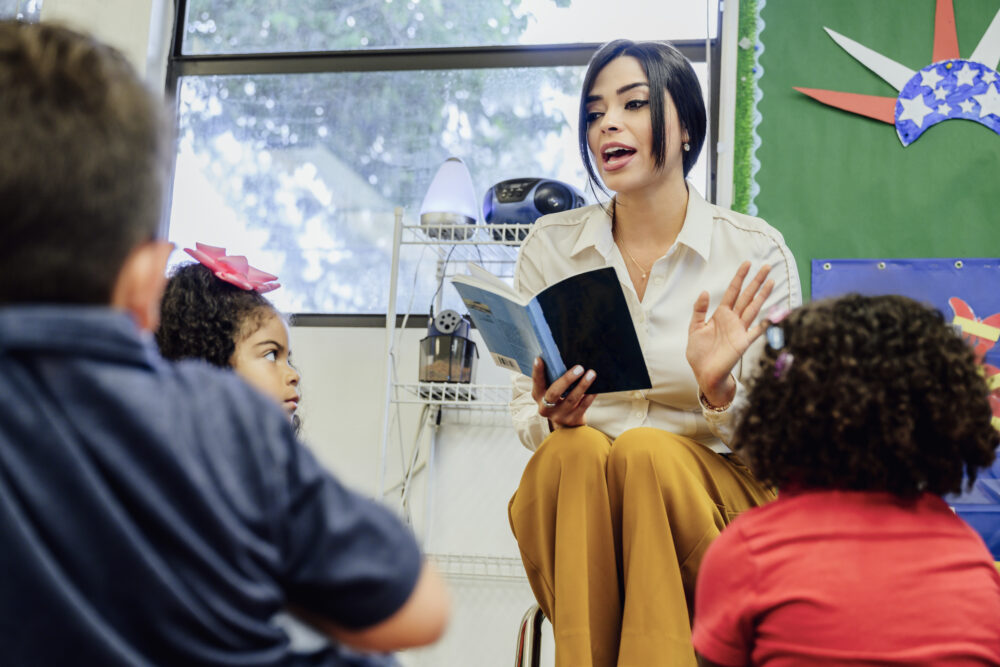
Imagine a classroom where students have ownership of their learning, advocate for themselves, and build faith in their own creativity. They are empowered to think critically, problem-solve, and explore grade-level content related to their interests. We describe a classroom like this as “engaging,” but how do we make this happen?
Many of us have heard statements like, “Students should be engaged,” “Teachers need to plan engaging lessons,” and “Look for engagement when you do your classroom observations.” But what does it really mean to engage students in learning?
Consider the following questions:
- Is engagement synonymous with entertaining students, where learning takes a backseat to flashy activities like playing games or writing raps?
- Is engagement a learning strategy where teachers conduct their lessons through song and dance?
- Does engagement look like students sitting straight, actively listening, and nodding their heads while the teacher is talking?
- Or is it something deeper
Authentic engagement sparks a genuine curiosity about the subject matter where the driver is the student wanting to learn, not the teacher trying to capture attention. UnboundEd empowers educators to meet the needs of every single student through grade-level, engaging, affirming, and meaningful — GLEAM® — instruction. By cultivating the mindsets, knowledge, and skills at the heart of truly transformative teaching and learning, we can break the predictability of historic achievement patterns so all kids thrive.
Engaging instruction fosters persistence in grade-level work that builds students’ interests tied to knowledge and culture, helping them see themselves as learners with agency. This definition seems simple at first glance, but let’s examine each component and some examples of what it might look like in the classroom.
Foster Persistence in Grade-Level Work
Foster Persistence in Grade-Level Work
Let’s begin by acknowledging that the ultimate goal is for students to learn grade-level content and meet grade-level expectations while recognizing their fundamental strengths and brilliance. When we provide engaging instruction, we are saying that we believe students are intellectually capable consumers of knowledge. This type of instruction allows students to grapple, persist, and feel empowered to learn.
To better understand “engaging instruction,” one might consider a proverb: “Give a person a fish, and you feed them for a day. Teach a person to fish, and you feed them for a lifetime.” We want students to confidently navigate (or engage) with grade-level materials in a way that empowers them in and beyond our classrooms. To help them engage, we can improve our planning, practices, and mindsets.
Some general examples of improved practices are intentional scaffolding, productive struggle, fostering academic discussion, and guiding students without betraying the answers. All of these examples require intentional planning.
When considering mindsets, think of who. Who is receiving intentional scaffolds? Who is allowed to struggle productively? Who is given the tools and confidence to problem-solve? Who is provided multiple entry points into the learning?
What might fostering persistence in grade-level work look like in a high school English Language Arts classroom?
For example, imagine you are planning a reading of a grade-level complex text for your students with diverse backgrounds and skills. You notice that after the first lesson, you are doing a lot of the heavy lifting and giving the students the answers to the questions.
How do you transition the learning lift back to the students?
Consider scaffolding by chunking the complex text, offering students multiple opportunities to read the excerpt, providing a series of well-crafted text-dependent questions that gradually move students to better understanding the nuances of the text more independently, or allowing students to think-pair-share before participating in a discussion about the text. Providing instructional support for the complex text allows students to engage and persist as learners in their classroom community.
Build Students’ Interests Tied to Knowledge and Culture
The next part of the definition ensures that we teach this grade-level work through contexts that draw on and provide opportunities to expand our students’ academic identities, knowledge, and experiences. We value what students already know and experience and want to open doors to new possibilities.
What might that look like in a middle school math classroom?
Consider an eighth-grade lesson that starts by asking, “Does the wheelchair ramp at our school allow everyone easy access? What design would be best for everyone?” This seemingly simple question connects directly to the eighth-grade standard of using similar triangles to understand slope. Students are instantly curious to know how math can make a difference in their school community. As they delve into the mathematical concepts, they’re not just memorizing formulas — they’re actively applying them to a real-world issue. Suddenly, similar triangles become a powerful tool for understanding accessibility and engaging every learner, not just another abstract concept.
Help Students See Themselves as Learners with Agency
We support kids as they grow and reach their full potential by giving them choices, chances to work together, and time to think. We create a place where it’s okay to make and learn from mistakes so everyone feels supported and confident.
What might this look like in an elementary science classroom?
When fourth graders study how water changes things as part of weathering, we set them up to ask questions like, “What happens if I pour water on this rock?” or “Will the soil wash away?” Students become active learners when we give them materials to experiment with and allow them to follow their own curiosity to make conclusions.
Bring Engaging Instruction to Your Classrooms
We’ve now explored the definition of engaging embodied in the framework for GLEAM instruction. Engaging instruction is characterized by persistence in grade-level work, student agency, and valuing the knowledge and potential of all students. This definition contrasts with instruction that is narrowly focused on entertainment and lacks grade-level learning. Consider taking the following actions to bring GLEAM instruction to life in your school or classroom.
Mindsets
- Believe all students can achieve.
- Believe all learners have valuable assets.
- Believe mistakes are part of learning.
Policies
- Focus on student growth and progress to promote a culture of learning and improvement.
Practices
- Provide students with scaffolds and instructional supports so they can access grade-level material.
- Plan activities that draw students into learning content that connects their current life experiences to what they are about to learn.
- Create opportunities for students to make choices, mistakes, and corrections and work together.
Whether you lead a classroom or a school system, you’re on a journey toward better, more effective instruction for your students. At UnboundEd, we’re here to partner with you every step of the way, offering proven tools and programs tailored to your specific needs.
Be sure to check out the blogs below to learn more about the other elements of GLEAM instruction.
Read About the Elements of GLEAM Instruction


Affirming Instruction: Creating Safe, Supported, and Immersive Learning Environments

Meaningful Instruction: Fostering Critical Thinking, Advocacy, and Change in the Classroom
Next steps with GLEAM®
Choose the path that fits your team
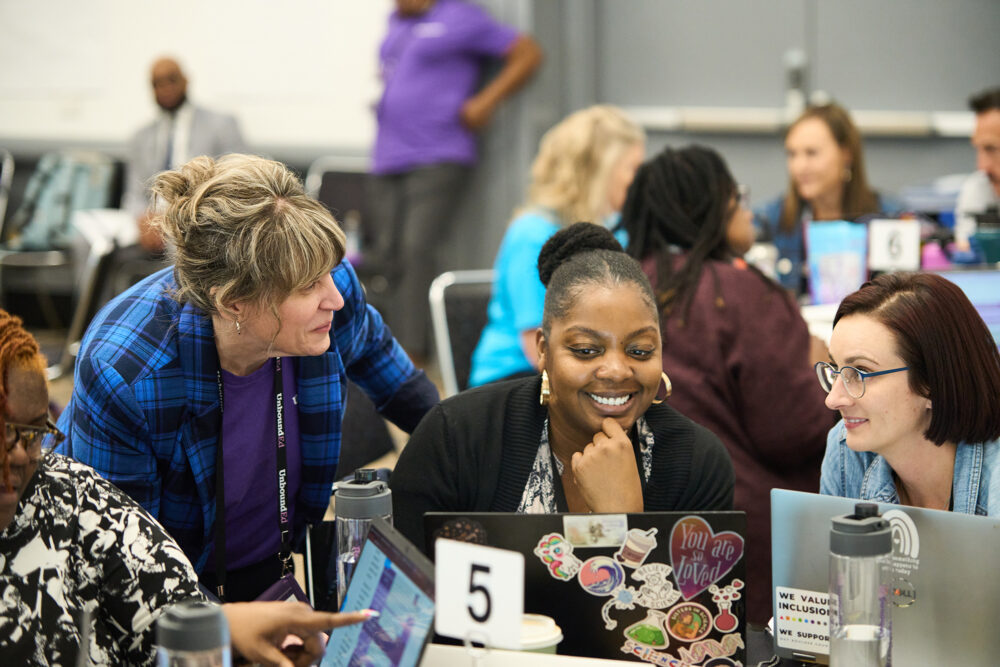
Standards Institute™
At Standards Institute, educators cultivate the mindsets, skill sets, and tools to provide grade-level, engaging, affirming, and meaningful instruction.
Learn More ➜
UnboundEd Summits
Accelerate your instructional vision and build educators’ skills and expertise with a virtual or on-site Local Summit.
Learn More ➜

In-Service Workshops
UnboundEd’s dynamic, hands-on workshops build educator capacity by focusing on timeless, cross-disciplinary instructional moves that drive effective instruction, rigor, and student empowerment.
Learn More ➜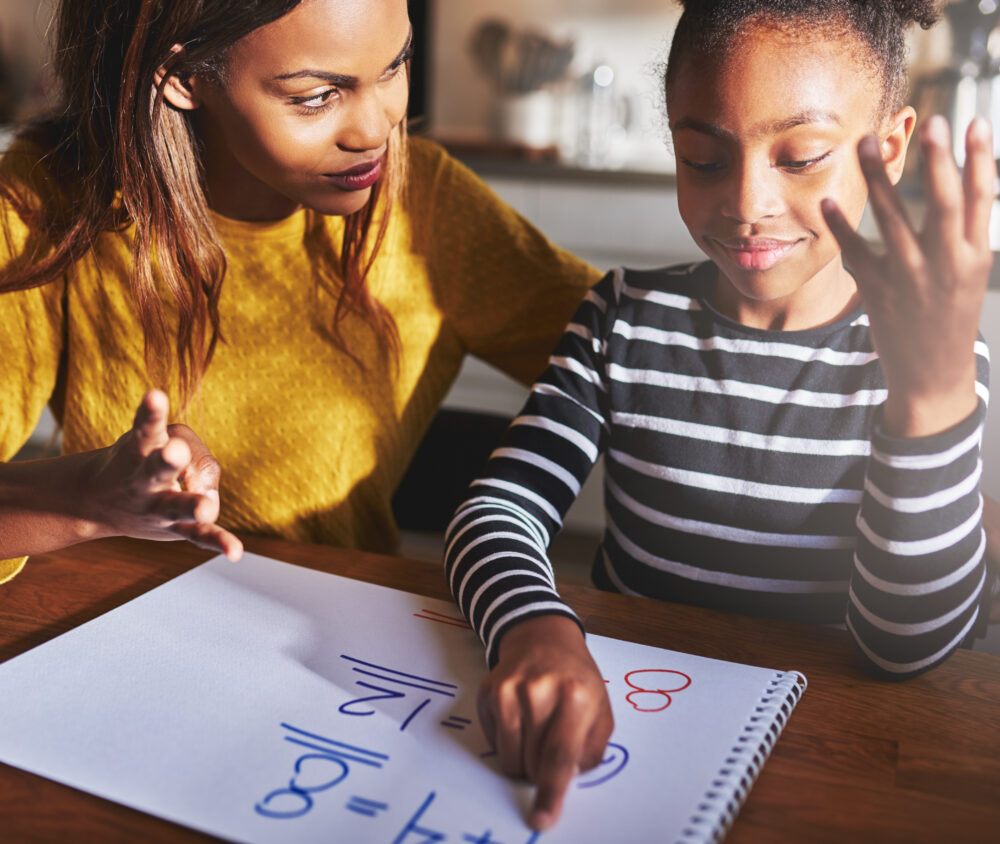
Online Math Academy
UnboundEd’s Online Math Academy courses enrich educators’ content knowledge and instructional practices to unlock all students’ math potential.
Learn More ➜
Curriculum Adoption
Ensuring quality materials are adopted and used effectively is crucial to improving outcomes and requires a strong instructional materials selection process. We’re here to share guidance and support on leading a rigorous and collaborative curriculum adoption process to select the right materials for your context and goals.
Learn More ➜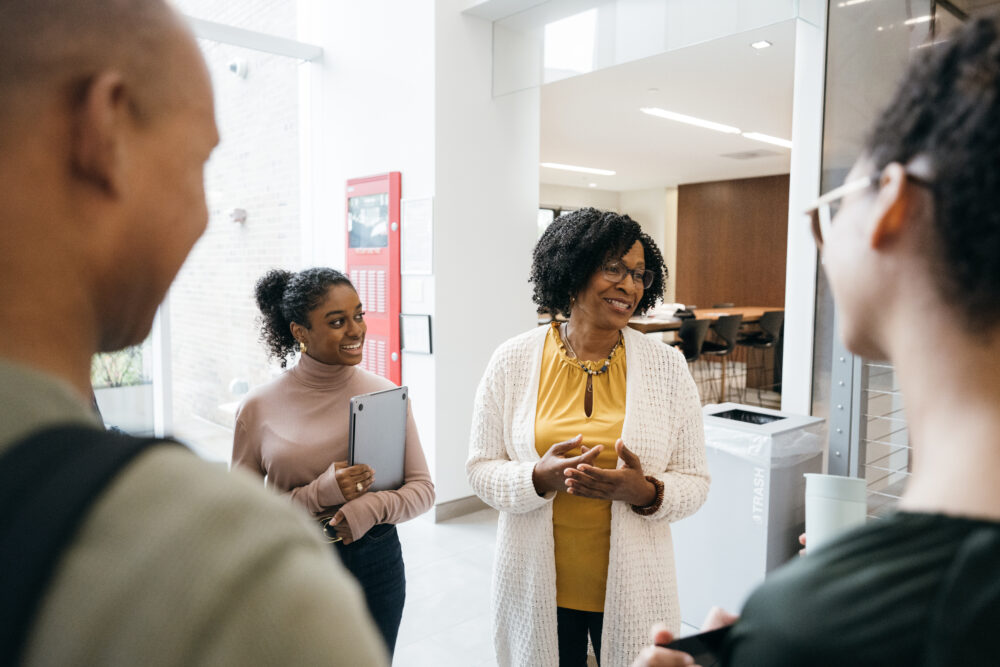
Curriculum Implementation
Just getting started, or need to get back on track? We work with you on a shared vision and an actionable plan for curriculum success.
Learn More ➜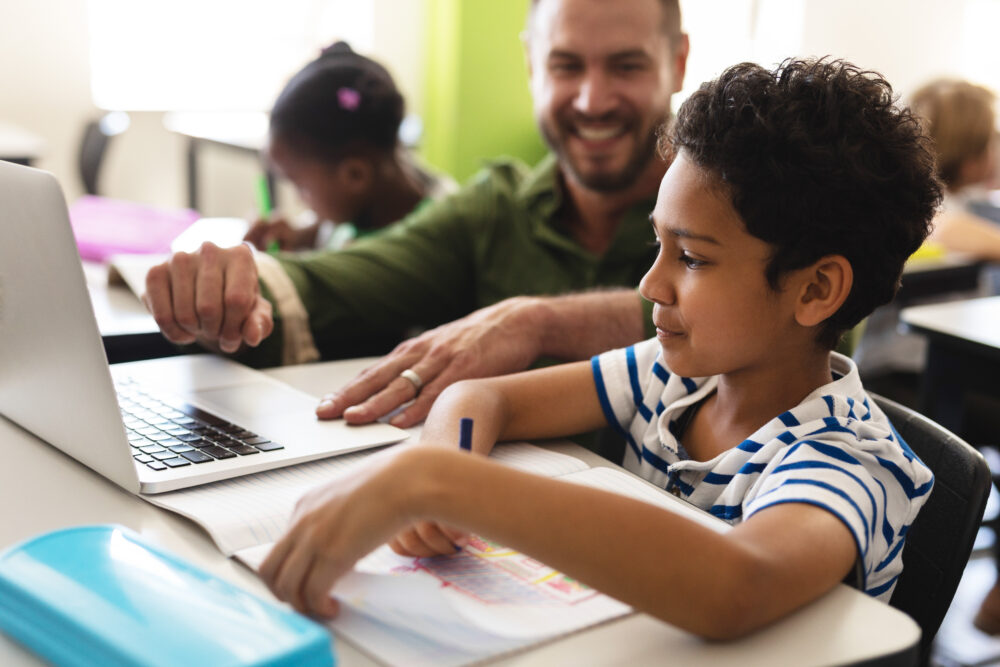
Literacy ReclaimEd
Improve literacy instruction and better meet the unique needs of every student.
Learn More ➜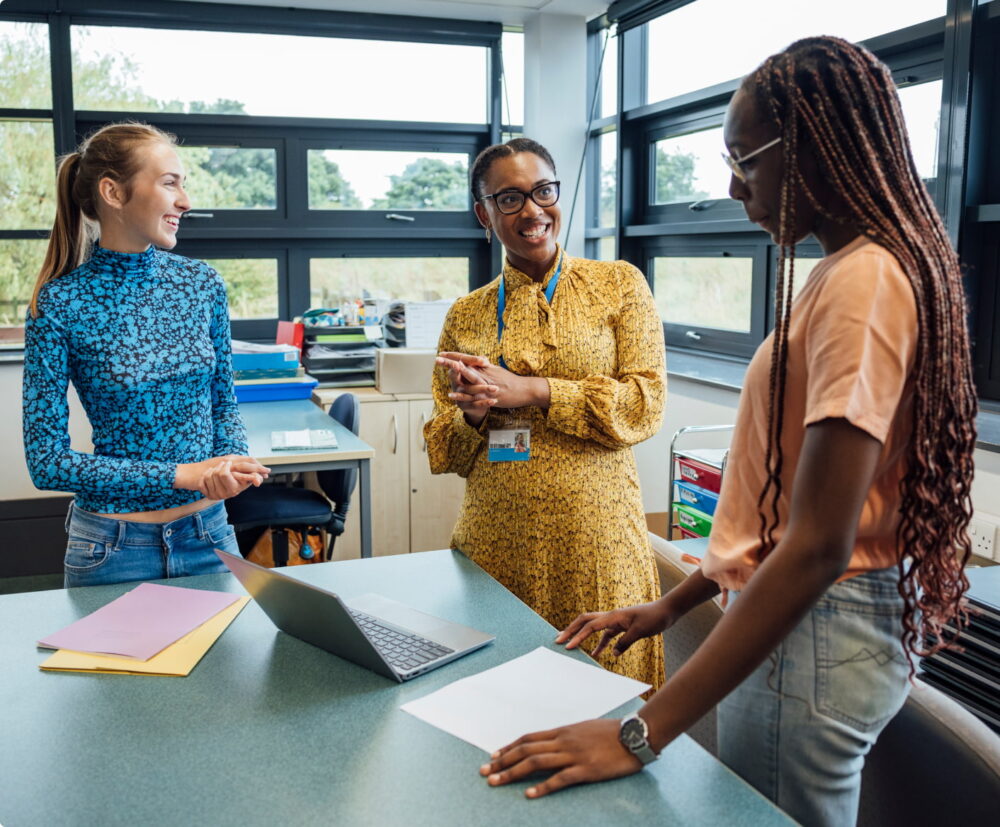
GLEAM® Inventory
Build your team’s understanding of grade-level, engaging, affirming, and meaningful –GLEAM®– instruction and transform how you serve all students in your district.
Learn More ➜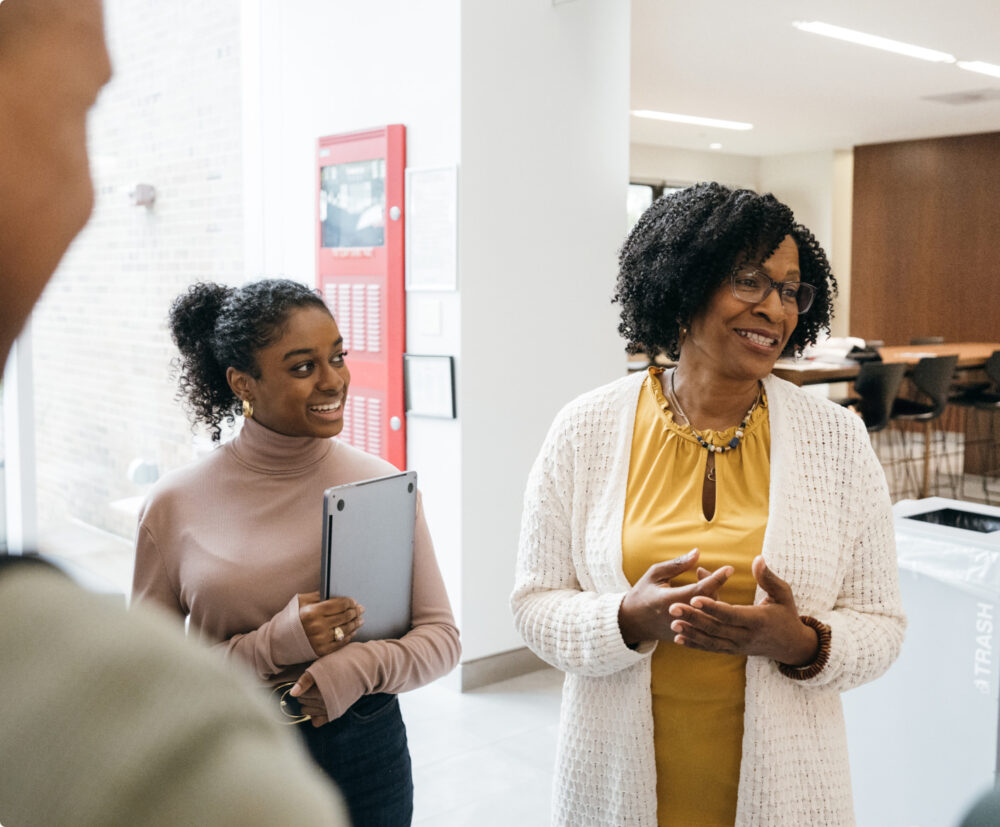
Speaking Engagements
Our experts offer inspiring, thought-provoking messages and conversations that will get your team thinking creatively about shifting mindsets and changing practice.
Learn More ➜
California Math Curriculum Adoption and Launch Cohort
Prepare to adopt and launch high-quality mathematics instructional materials with no-cost, grant-funded support from UnboundEd.
Learn More ➜